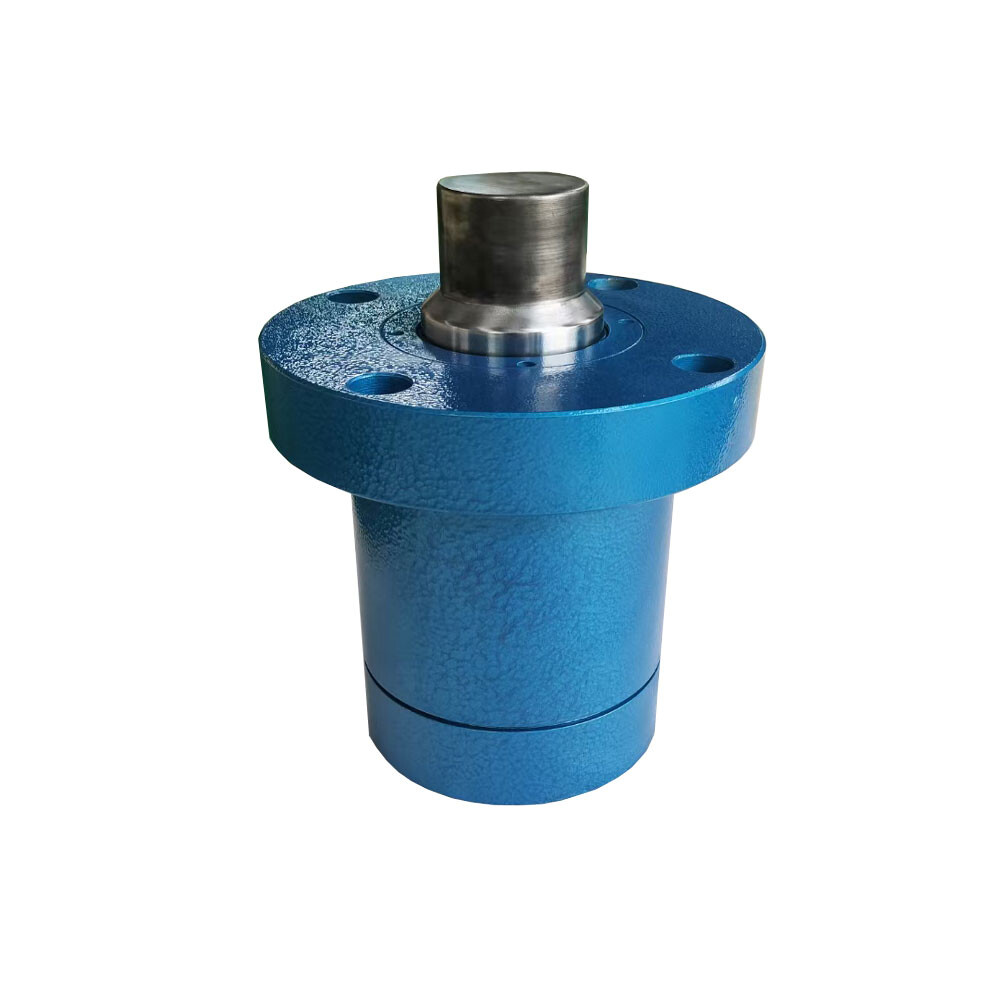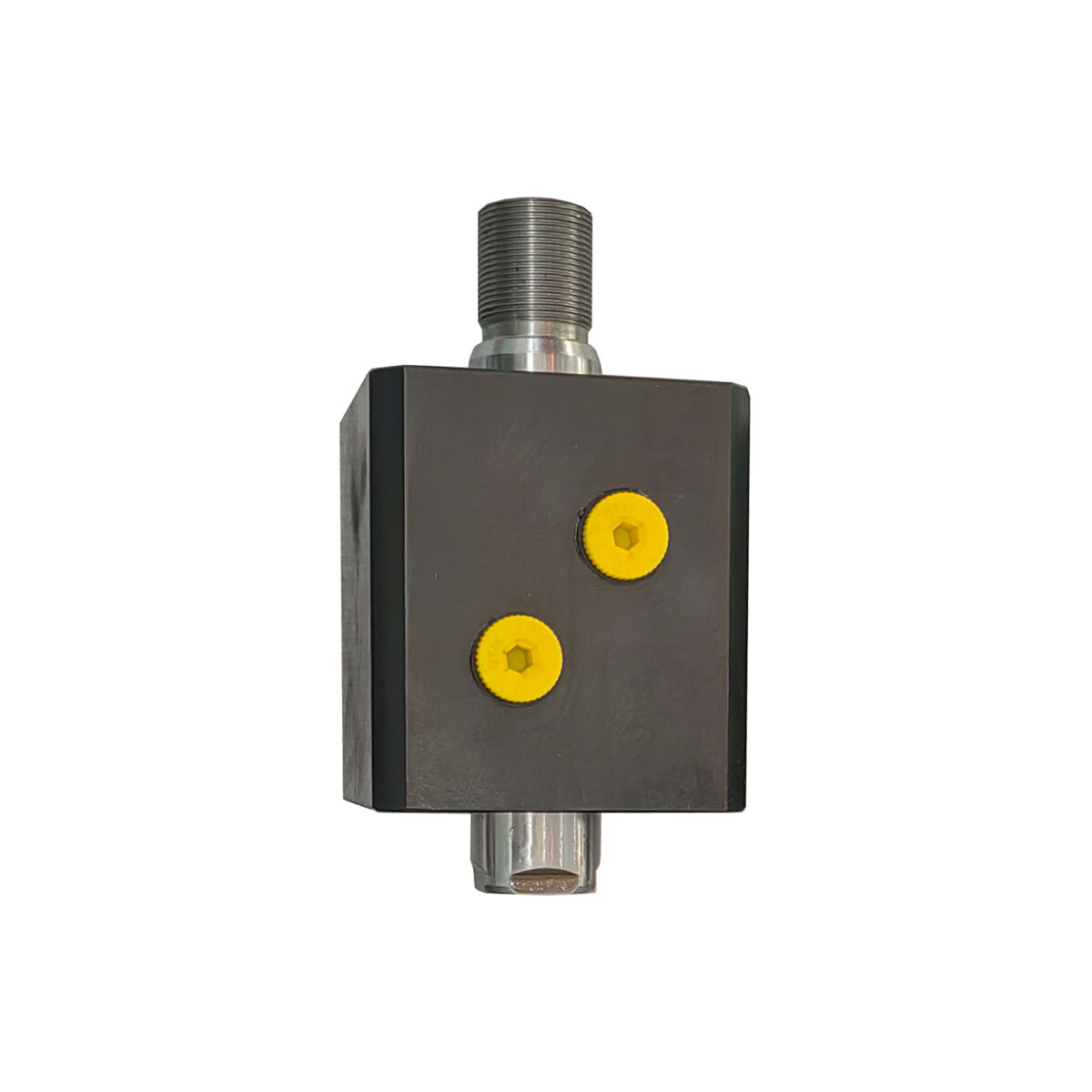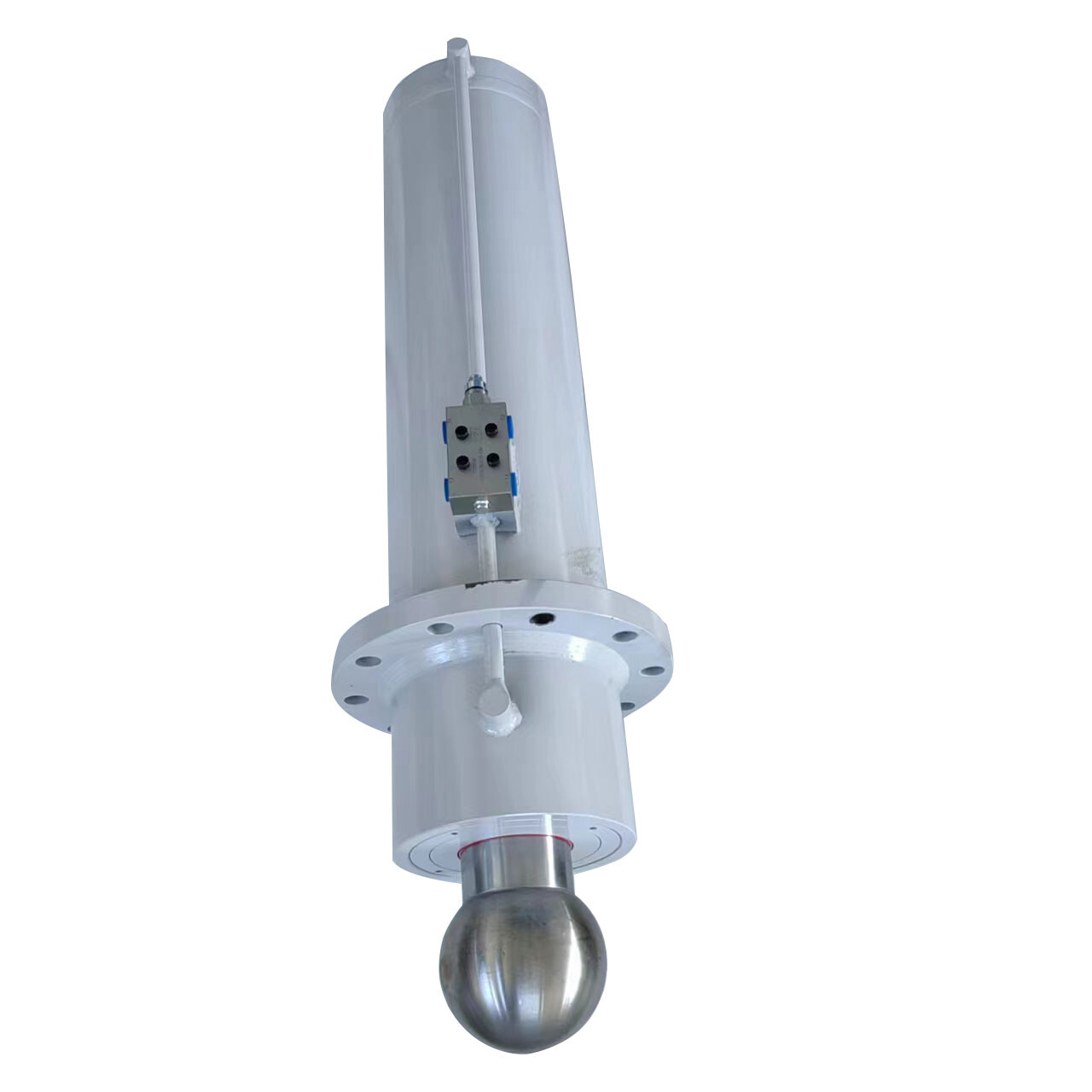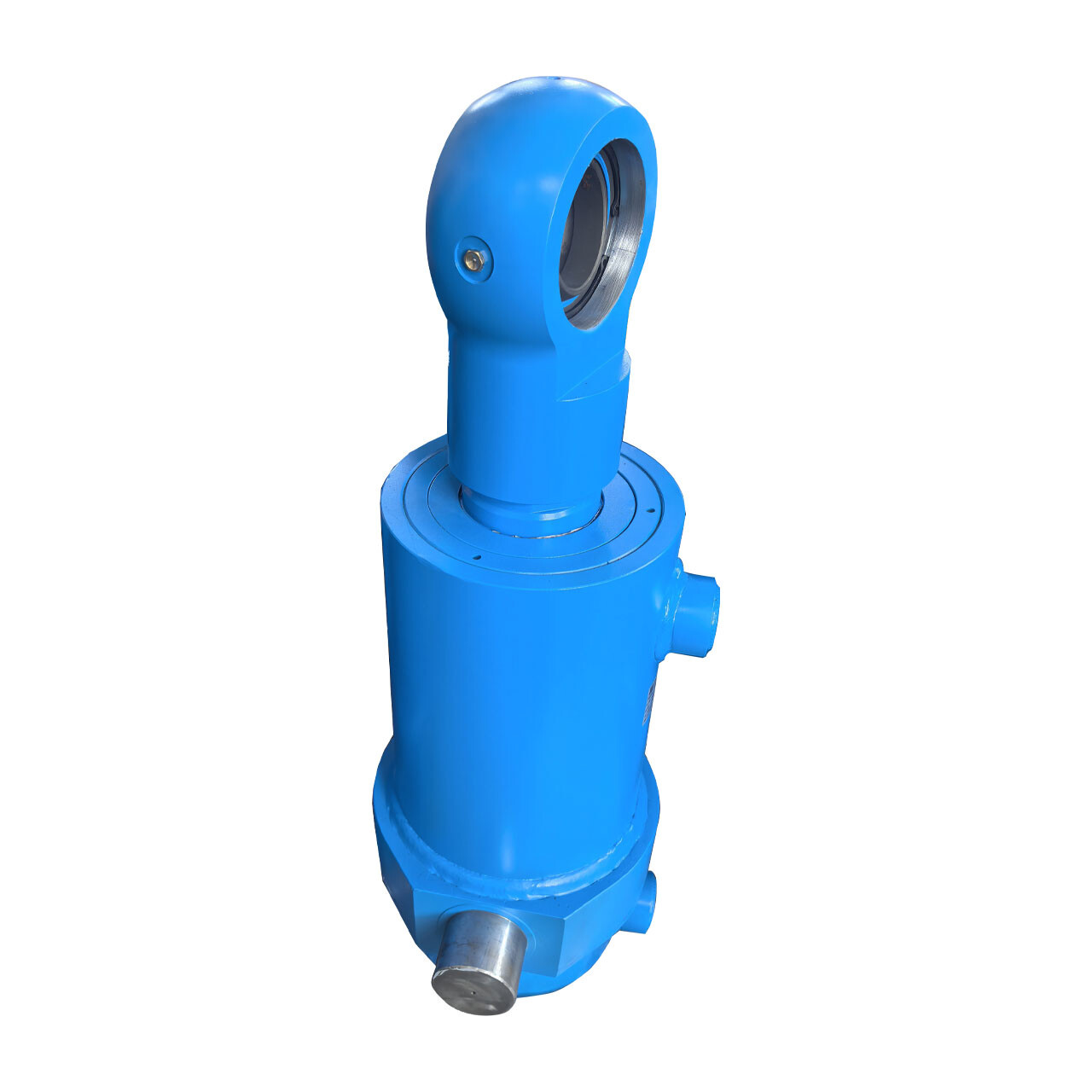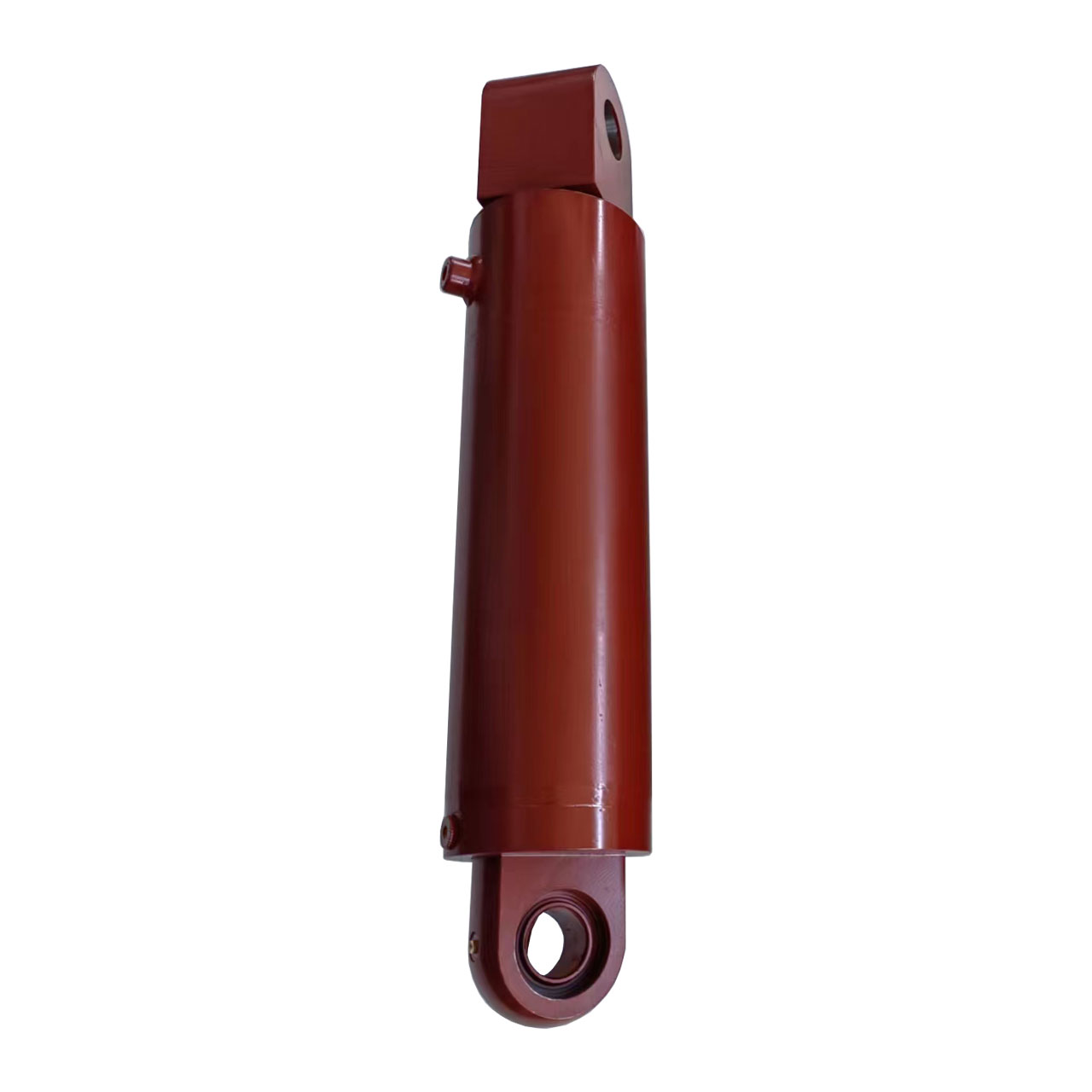
PRODUCT
Location:
PRODUCT
Filter Press Cylinder
Filter press cylinder is one of the key components of filter press.
PRODUCT DESCRIPTION
Filter press cylinder is one of the key components of filter press. Structurally, it usually consists of a cylinder barrel, piston, piston rod, seals and so on. The cylinder barrel is generally made of high-strength steel to ensure that it can withstand large working pressure. The piston moves inside the cylinder barrel and is connected to the filter plate of the filter press through the piston rod. The seals ensure that the hydraulic oil will not leak and maintain the normal working pressure of the cylinder. The working principle is to use the pressure of the hydraulic oil to push the piston movement, which in turn drives the piston rod and the filter plate connected to it to move. When the hydraulic oil enters the rodless chamber of the cylinder, the piston drives the filter plate to press, realizing the squeezing and dewatering of the filtered material; when the hydraulic oil enters the rod chamber, the piston drives the filter plate to loosen, which is convenient for unloading and cleaning the filter cloth. Filter press cylinder has the following characteristics: - Strong load-bearing capacity: it can withstand the huge pressure generated by the filter press during the filtration process to ensure the stable operation of the equipment. - High precision: the degree of pressing and loosening of the filter plate needs to be precisely controlled to ensure the filtration effect and the safety of the equipment. - High reliability: under the harsh working environment, such as high humidity, corrosive materials, etc., it can still maintain stable performance and long service life. - Convenient maintenance: the structure is relatively simple, which is convenient for routine maintenance and overhaul. Filter press cylinders play an important role in solid-liquid separation equipment in chemical, pharmaceutical, environmental protection and other industries.
SIMILAR RECOMMENDED
MESSAGE
